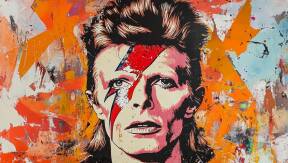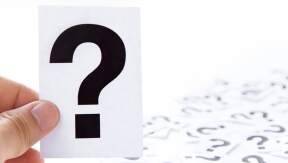
Where do Christmas Carols come from? A brief history
The first mention of a Christmas Carol in the religious sense appears in 129 AD, when a Roman bishop proposed that the song The Angel’s Hymn be used during Christmas services.
Carols spread throughout Europe during the first millennium, but labored to catch on in the lower classes, as they were at the time written in Latin, a language reserved for scholars. It was not until the appearance of the first living nativity, after the inauguration of St Francis of Assisi in 1223, that the public became familiar with these songs. Nativity scenes were accompanied by carols, sung in the people’s language, with the chorus remaining in Latin. This democratization allowed the phenomenon to spread throughout Europe,no longer confined within church walls and as such, quickly integrated into homes. Each region took these songs and adjusted them to reflect their local dialect, and as such they evolved rapidly.
One of the first songs of this kind to become popular, was written in 1410, but not more than a fragment of it has survived. The song describes a scene from the life of Jesus, along Mary and others in Bethlehem. The oldest known English Christmas Carol dates back to the same time, but the modern carols that we know of today did not become common until, after a brief interdiction from Oliver Cromwell in the 1600s.
Music by Mendelssohn and Handel replaced the original carols, but in the beginning of the 1800s, carols made a return with the likes of "Silent Night;" The genesis of it coming from a happy accident. As legend has it, hours before the Midnight Mass in December of 1818, the organ of the St. Nicolas Church in Obendorf, near Salzburg, Austria came crashing down due to a mouse that had eroded the bellows. Hastily, the teacher and organist of a nearby village, Franz Gruber composed a tune on the guitar with Josef Mohr, the priest, adding the lyrics.
Christmas songs have, over time, become a symbol of joy and protection from harsh winters. In England and America, tradition holds that participants go from door to door singing "Christmas Carol," often in an effort to collect money for charity or spread the holiday cheer. Tis the season!
Some famous traditional Christmas Carols:
- Silent Night
- Joy to the World
- O Come All Ye Faithful
- O Christmas Tree
- White Christmas the most sold Christmas song of all time!
- We Wish You a Merry Christmas
- Jingle Bells
- The Twelve Days of Christmas
- Blue Christmas
Published on: December 1, 2015




